





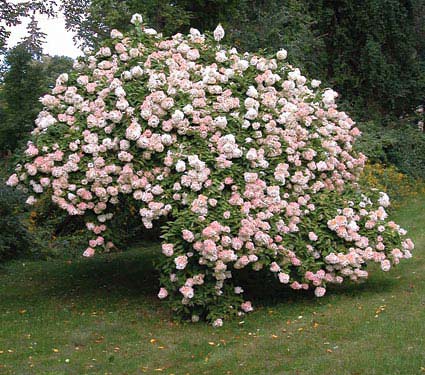
We’ve all loved ’em… the ever dreamed about, garden hydrangea. So popular, they are the number one wedding flower after roses. So beloved, few people have no memories of a hydrangea moment…yes, especially us girls… They are romantic, and amazing. Sigh…. The good news is, there is a hydrangea to fit most gardens in most areas of the country. Shade or sun, acid soil or alkaline. Yes, they can be a little finicky. Yes, they are absolutely worth it! Here is the skinny on growing the best hydrangeas, for garden or table. (Or both!)
Although most of us probably think of the old fashioned mophead hydrangea (H. macrophylla) first, with those amazing balls of bloom in pink or blue, there are other varieties. Oakleaf hydrangeas grow well in partial shade, and lace cap hydrangeas have a more delicate flower. There is also the more heat tolerant PeeGee hydrangea, H. paniculata. And if that isn’t enough variety, there are now the new reblooming hydrangeas, like “Endless Summer”. First, basic hydrangea care, then we will look at the different varieties so that you can choose the right one for your garden!
Hydrangea Basics
Sun and Shade
Most hydrangeas prefer morning sun and afternoon shade, and don’t deal well with hot climates. Coastal climates are ideal, as are cool summer areas. Both too much heat and too little sun can contribute to poor performance for old fashioned hydrangeas. PeeGee hydrangeas deal much better with heat. Oak leaf hydrangeas are perfect for partial shade areas. No hydrangea will bloom in deep shade.
Water and Fertilizer
Hydrangeas prefer to be evenly moist, and love a fertile spoil. That having been said, when using commercial fertilizers, it’s often advised to use half strength liquid fertilizer so you don’t stimulate too much leaf growth at the expense of the flowers.
Pruning
Most (except re-bloomers) bloom on old wood, so severe pruning is not necessary. Prune away dead wood each spring, and dead head the flowers that are past their prime to promote the most flowers on each bush. PeeGee and Annabelle hydrangeas are more tolerant.
Soil
Hydrangeas prefer soil rich in organic matter. You may have heard that you can change the color of a hydrangeas blooms based on soil composition. It’s true that the pink and blue varieties are influenced by the soil ph. You can change a pink hydrangea to blue by adding aluminum sulfate to the soil to make it more acidic. It is pretty difficult to change a blue hydrangea to pink…
Problems
The biggest problems hydrangea gardeners have is lack of bloom… This is usually caused by one of three things… a late freeze, using a variety that is not intended for your climate, or pruning too much of the old wood away. KariAnne of Thistlewood Farms has a mantel full of beautiful blooms that convince me she’s found the secret! Check out her advice on getting hydrangeas to bloom.
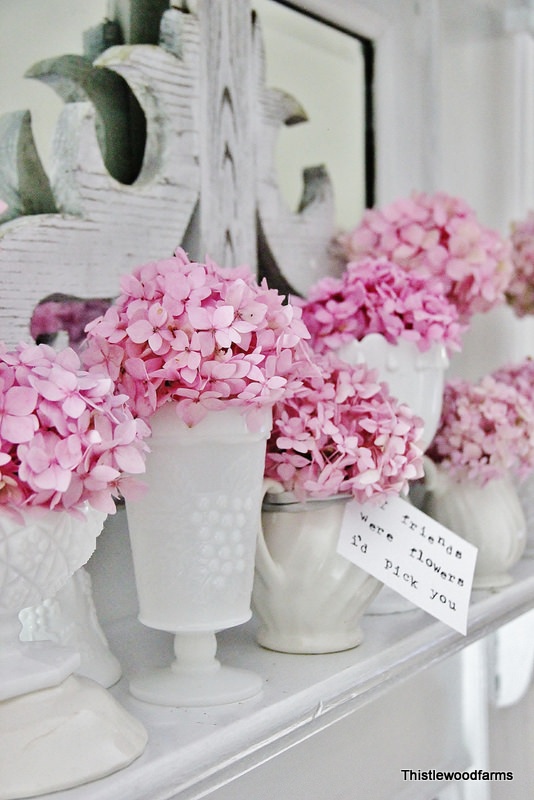
Varieties
Mopheads – Hydrangea macrophylla. Traditional pink or blue hydrangeas. Hate summer heat.
(Photo – Mopheads on right, Lacecaps on left)
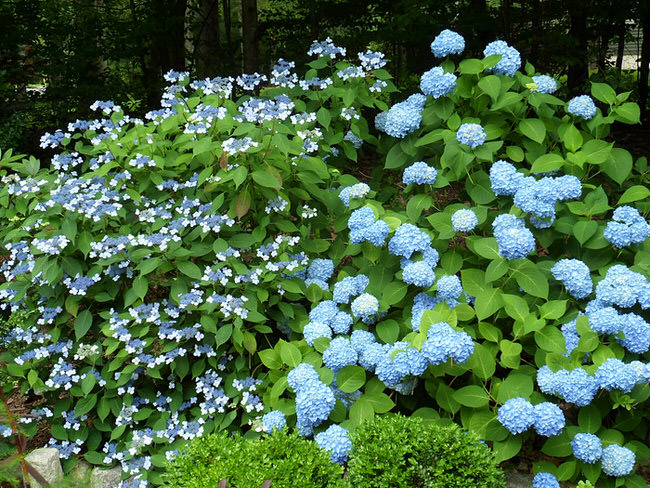
Lacecaps – Hydrangea macrophylla normalis. Lacey and more easily naturalized into the average landscape, these shrubs are less formal, but still amazing specimen plants.
Oakleaf – H. arborescens. Oakleaf hydrangea had oak shaped leaves that turn lovely purple and red in the fall, and conical shaped white flowers that bloom in summer. More tolerant to hot summers, tolerant to shade, and tolerant to drier soil. Wonderful garden plant!
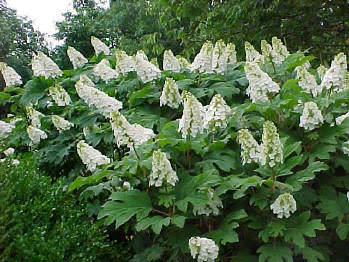
PeeGee – Hydrangea paniculata. Large conical white to pink blooms, Peegee’s tolerate cold and require several hours of sun a day. They can grow quite large, and are tolerant to pruning, so can be used as a hedge. They also bloom a little later, August and September. They are the only variety that can be pruned into tree form.

Cold zone hydrangeas – Hydrangea arborescens “Annabelle” is a large white flowering variety that blooms and grows well in cold climate zones. Hardy down to zone 3, these flowers can be up to 10 inches across!
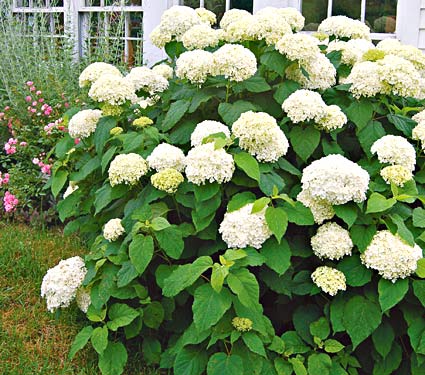
Reblooming – Hydrangea macrophylla, the most popular new gaiety of the reblooming mop head is “Endless Summer”. These tend to be smaller shrubs, prefer partial shade, and bloom pink or blue. Reblooming several times over the summer, they are a popular choice for large containers as well.
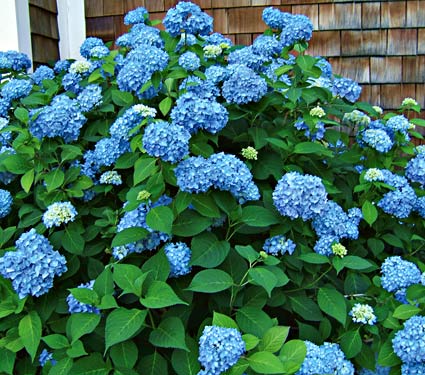
It’s worth a little extra effort to learn about growing hydrangeas… they can survive in a garden for generations, and are a beloved flower that every gardener should have the chance to grow.
UPDATE: Just ran across this new hydrangea from Wayside Gardens I just had to share… Hydrangea ‘Next Generation Pistachio’ is a compact grower, just 3-5 feet, loves a shady afternoon, and has an amazing lime green petal edged with pink! Zones 5-9.
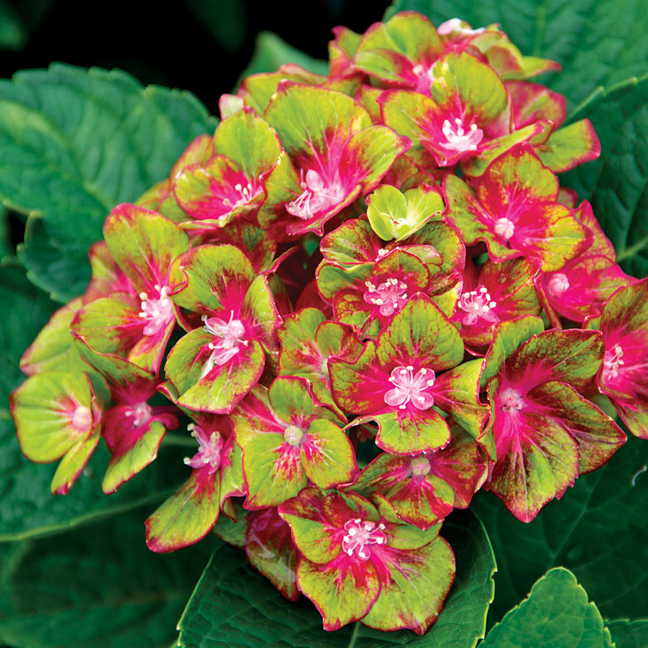
Copyright © www.100flowers.win Botanic Garden All Rights Reserved